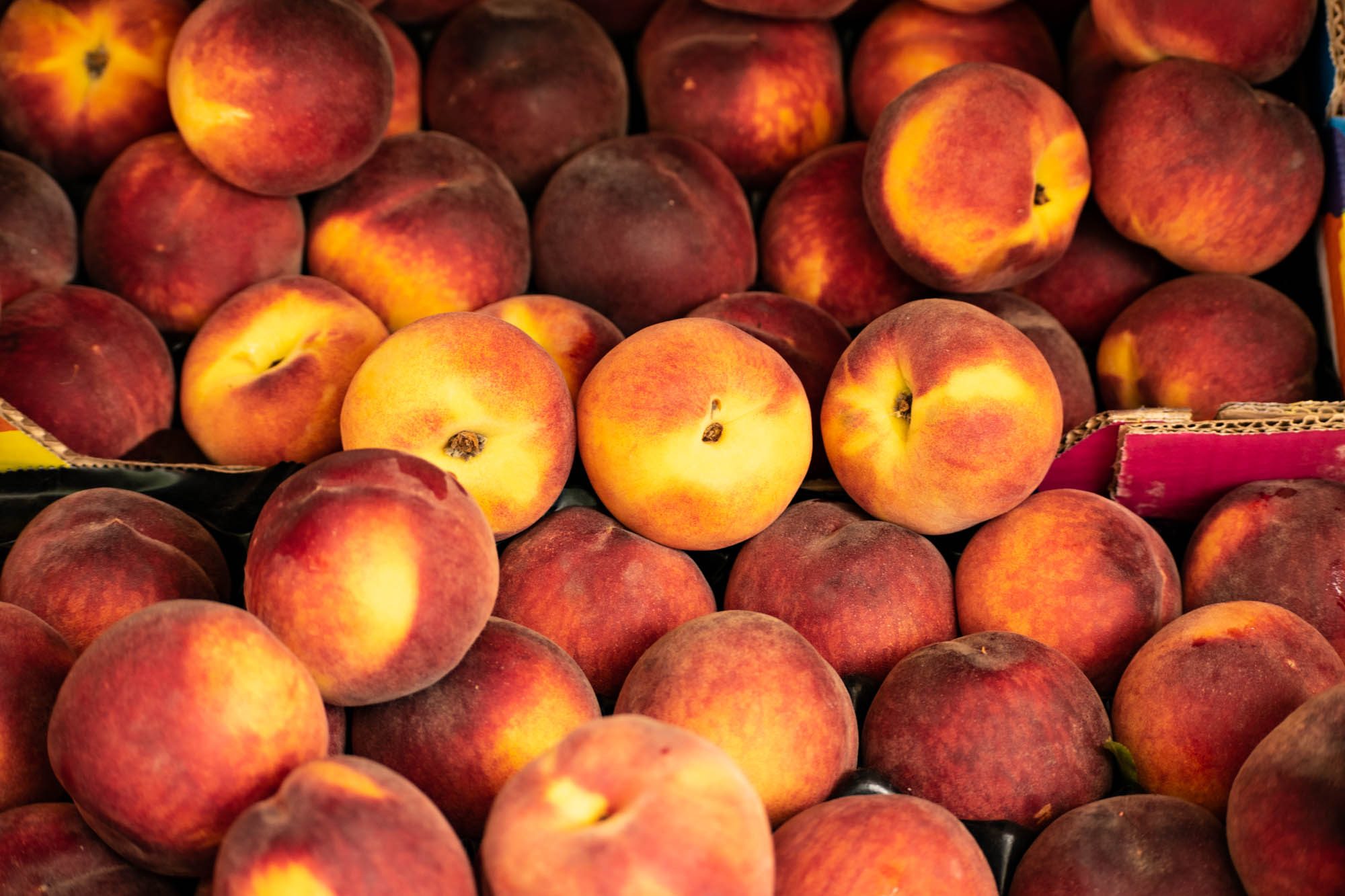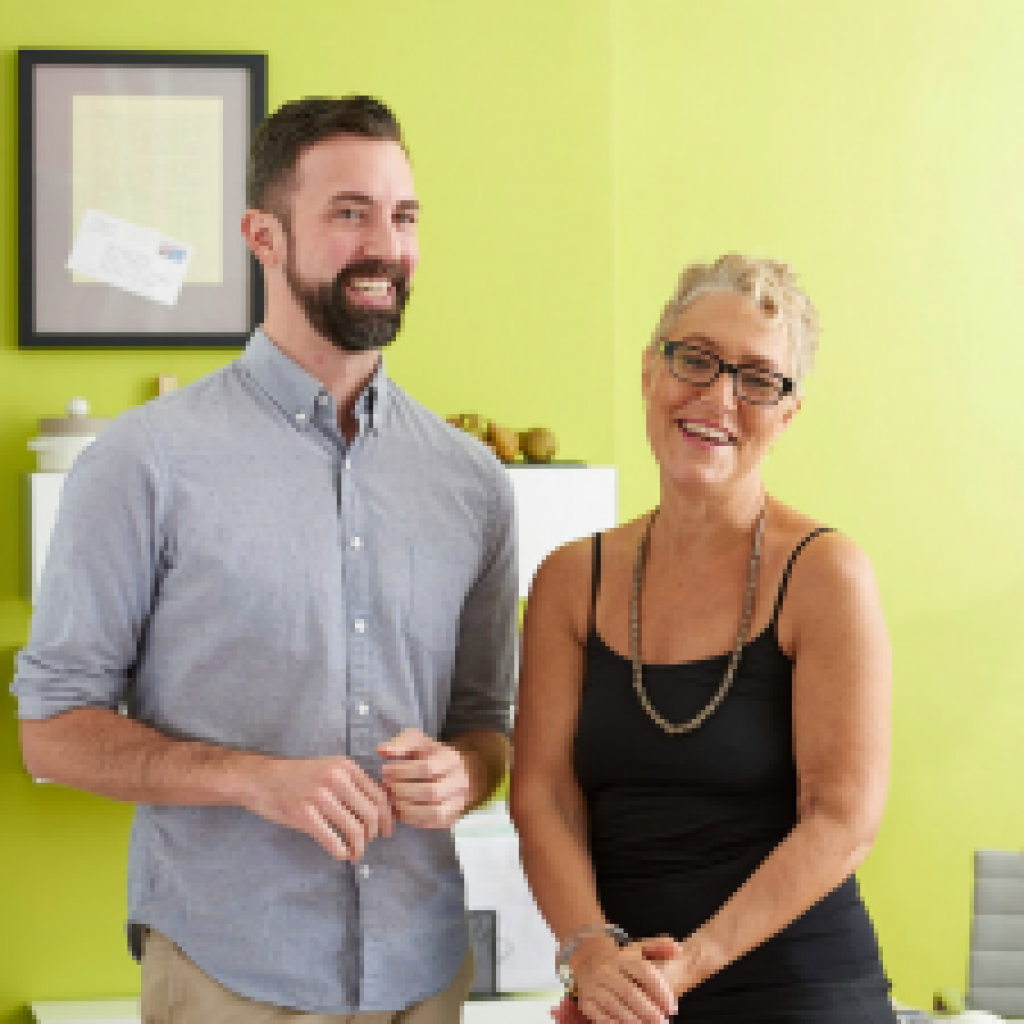
Karen Karp & Partners celebrated 30 years in business in May 2020. Throughout the past year, we’ve marked the milestone by examining our work in the fields of healthy food and health care access, regional food economies, and supply chain sustainability. We’re also reflecting on how we can address the most pressing issues of our times, including creating more resilient supply chains to weather future crises and building more equity across agriculture, food and health innovation, policy, and business.

Our early articles covered the beginning of KK&P from 1990-1995 and 1996-2000. Later, Karen spoke with Senior Consultant Shayna Cohen about the scaling up of the local food movement and with Vice President Dick Batten about the beginning of KK&P’s Good People division. In 2021, Karen and former KK&P Senior Consultant Emily Sandusky, who has recently returned to the company to support our research, talked about the period between 2011 and 2015 and how KK&P’s implementation capacity sets it apart from other consultancies that just focus on strategy and planning. In this new, condensed, and edited interview, Karen and Senior Consultant Ben Kerrick talk about the period between 2016 and 2020 and KK&P’s long history of guiding values-driven procurement by institutions and corporations.
Ben: Prior to 2015, what was KK&P’s trajectory of procurement-based work?
Karen: Our procurement work started on the corporate side. We were working with the Sustainable Food Lab whose work and members include some of the world’s largest agriculture and food companies such as Unilever, Nestle, McDonald’s, and Coca Cola, They were primarily supporting these organizations to build sustainability into their supply chains through agriculture practices targeted to build soil carbon, save water, prevent pollution, etc. They brought companies and non-profits together to develop sustainable roundtables, such as for palm oil, corn, and beef.
But there was a gap in fully realizing the impact of their efforts to mainstream sustainability, because people working on the commercial side of many of the companies, in procurement and marketing, for example, were lacking both general education about sustainability and about how to build the business model for it on the customer side. So the Food Lab brought KK&P on to support that education and build connections internally within the companies.
Ben: I imagine shifting from the private sector to the government ecosystem was quite a transition?
Karen: The corporate work turned out to be invaluable experience for the institutional procurement work we would soon begin, starting with designing and implementing a local food strategy for New York city schools. NYC SchoolFood is, in essence, a very large food company: 8,000 employees supporting 1,600 schools that prep and serve 960,000 meals per day at that time. Not unlike the large companies, their procurement strategy was focused on lowest price, but with an added complexity of national nutrition standards set out by the USDA.
The procurement work began as an outgrowth of an evaluation we did with two partners for the SchoolFoodPlus initiative: five partners coming together on three objectives: further improving nutrition standards for school meals, teaching kids about food and agriculture in the classroom, and purchasing local foods that were featured in that curriculum.
The evaluation results were clear: New York City’s school nutrition standards were among the highest in the country, the curriculum was a hit across all age groups, but the local procurement was lagging greatly. We concluded that this was because the partner responsible for stimulating local procurement, the NYS Department of Agriculture and Markets (NYSDAM), couldn’t actually make deals because they couldn’t—by mandate—show preference to any one or a few farmers.
Eager to move the needle on local procurement, the project’s funder, the W. K. Kellogg Foundation, asked KK&P if we would recuse ourselves from the evaluation team and take on the local procurement. Having that corporate experience gave me confidence that we had a decent basic understanding of procurement at that kind of scale. We designed a two-pronged approach that combined respect for what the system and the individuals within it were achieving every day, with data. We looked at what the schools were already purchasing, and in multiple formats (fresh, frozen, and minimally processed) and overlayed this with what we knew could be grown or produced in the region. From there we created a top ten list and approached the product supply chains one by one.
Ben: What were some of the biggest successes from that?
Karen: The schools were buying a lot of yogurt for breakfast. Dannon had the contract, but the facility where it was coming from was in the Midwest. So, we worked with a couple of food brokers that the schools were already using, one of whom identified a cooperative in Buffalo called Upstate Farms that was willing to adapt their production line and bid on the NYC contract. They came in at the same or a slightly lower price, and then—wow!—millions of little yogurt containers were coming from upstate New York. Building off this, we approached the iconic company BirdsEye and, along with SchoolFood’s Executive Chef, created bespoke frozen vegetable blends, branded with the Pride of NY logo, that were purchased by the schools. On the fresh side, big wins were blueberries and peaches that were local but from New Jersey, which was a bit controversial with NYSDAM, but they met the criteria, and the kids loved them.
Ben: How did this earlier work set the stage for our work over the past 5-6 years?
Karen: The combination of our wholesale farmers’ market research and the SchoolFood work really established us as a go-to organization for studying and designing scaled local food strategies and business models across the U.S., and led us to develop a national reputation for this work. Government entities, non-profits and philanthropies understood that we “got” local agriculture and regional food economies, understood systems and scale, and that we had a very practical end game, which was: leverage, as my friend and mentor, SFL co-founder Hal Hamilton coined, “the power of the purchase order,” to drive system change. Money talks after all.
Now I see that the work that the Good Food Purchasing Program (GFPP) is doing is building on this. It’s saying: Let’s take the best practices of what’s going on around the country, in schools and hospitals and universities, and codify it so that there can be a clear and measurable framework to really drive change across the country.
Ben: What is happening with GFPP, which is led by the Center for Good Food Purchasing, is that they’ve created a framework for measuring these things and tracking progress in values-driven institutional procurement. They do that for five different values: local economies, environmental sustainability, animal welfare, valued workforce and nutrition. Since last summer, we have been working with the New York City Mayor’s Office of Food Policy and the Center for Good Food Purchasing and helping New York City agencies to adopt and implement the Good Food Purchasing framework in New York City.
What does that mean? That means getting “under the hood” with their procurement processes, and in this early phase, that’s really been about creating action plans for what to focus on and what to prioritize in shifting their procurement practices.
One of the challenges is that New York City government procurement still goes by lowest bid, so we can say that we want to buy food that advances these values, but there are many elements of this that you actually can’t legally build into the procurement process. Part of our role is to help identify the opportunities that are within existing procurement policy to advance those values.
So, Karen, I’m curious, what is your perspective on the “present and future” of values-driven procurement, and what are the opportunities to really maximize the power of the purchase order?
Karen: I think what’s really interesting about Good Food Purchasing is that they’re taking a much more systemic view of what good food means. Local food for local food’s sake, even though it’s a huge amount of our work in our portfolio, is not the end game. If you want to make a political case for changing procurement to local food, we’ll never really win in the long-term because it only is a certain kind of lever. If you’re going to say we’re going to change our purchasing to be local food, to support farmers, in New York City, it’s difficult to make a systems-change case; it’s niche. But if you say we’re going to change our purchasing to be more equitable or to be more climate friendly, that’s a different proposition. It’s imperative, in 2021, to consider all the global pressures of food and agriculture for changing procurement. Considering climate, equity, health and nutrition along with flavor and providing choice is the direction forward.
